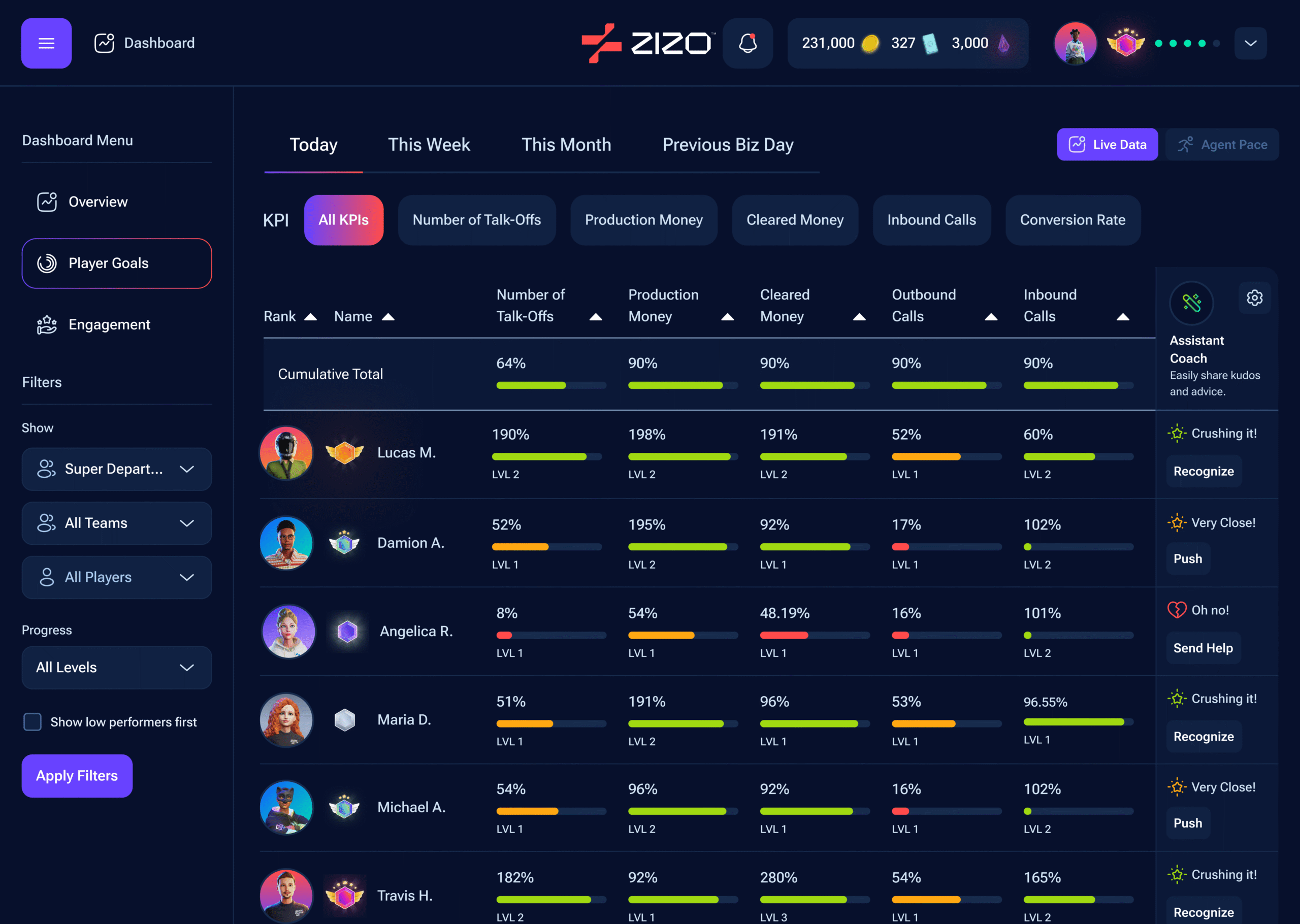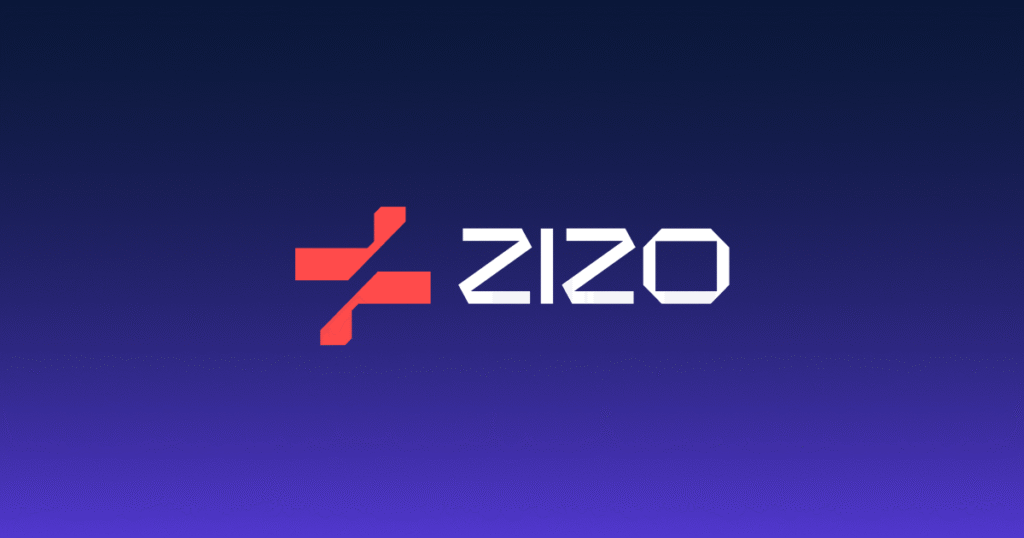Only 23% of employees are truly engaged at work. Here are 20 science-backed employee motivation techniques that high-performing organizations use to transform disengaged teams into productivity powerhouses.
The statistics are sobering: disengaged employees cost the global economy $7.8 trillion in lost productivity annually, which is 11% of global GDP. Yet most organizations continue using outdated motivation techniques that treat symptoms rather than addressing root causes.
The companies breaking through this engagement crisis aren’t just trying harder; they’re applying behavioral science to engineer motivation at scale. From call centers seeing 96% productivity increases to organizations cutting turnover by 30%, the results speak for themselves.
Here are 20 proven employee motivation techniques that transform workplace engagement, backed by research and real-world results.
Understanding Employee Motivation: The Science Behind What Works
Before diving into techniques, it’s crucial to understand that motivation isn’t one-size-fits-all. Behavioral science reveals two primary types of workplace motivation:
Intrinsic Motivation: Internal satisfaction from meaningful work, autonomy, and personal growth
Extrinsic Motivation: External rewards like recognition, compensation, and advancement opportunities
The most effective employee motivation techniques combine both, creating what psychologists call “autonomous extrinsic motivation”, where external rewards support rather than undermine internal drive.
Research from McKinsey shows that companies focusing on their people’s performance experience attrition five percentage points lower than those using generic motivation approaches. The key is personalization and timing.

20 Employee Motivation Techniques That Drive Results
Recognition & Feedback Techniques
1. Implement Real-Time Recognition Systems
Traditional “employee of the month” programs fail because they’re infrequent and exclusive. 70% of employees say motivation would improve massively with increased recognition from managers, but only 27% receive recognition weekly.
Science-backed approach: Use employee performance dashboards that enable instant recognition tied to specific achievements. When employees believe they will be recognized, they are 2.7 times more likely to be highly engaged.
Implementation: Set up automated alerts for milestone achievements, peer recognition features, and real-time progress sharing across teams.
2. Provide Continuous, Constructive Feedback
Annual reviews are motivation killers. Employees are 3.6 times more likely to be motivated when their manager provides daily versus annual feedback, according to Gallup research.
Science-backed approach: Implement feedback systems that provide coaching moments in real-time rather than waiting for scheduled reviews.
Implementation: Train managers to give micro-feedback tied to immediate performance data. 85% of employees take more initiative when they receive feedback in the workplace.
3. Celebrate Small Wins Consistently
The dopamine hit from achieving goals is strongest with frequent, achievable milestones rather than distant targets.
Science-backed approach: Break large goals into weekly or even daily achievements that can be recognized immediately.
Implementation: Create challenge systems that provide regular opportunities for success and celebration across all performance levels.
Autonomy & Empowerment Techniques
4. Grant Decision-Making Authority
Research from Birmingham University shows workers with higher autonomy report significantly higher job-related well-being. Micromanagement destroys motivation faster than most other factors.
Science-backed approach: Define clear outcomes and expectations, then allow employees to determine the “how” rather than prescribing every step.
Implementation: Start with low-risk decisions and gradually expand employee authority based on performance and trust-building.
5. Offer Flexible Work Arrangements
Flexibility isn’t just about remote work; it’s about respecting that different people are productive at different times and in different ways.
Science-backed approach: Use performance data to identify when each employee is most productive, then build flexibility around their natural rhythms.
Implementation: Track output quality and timing to optimize when and how each team member contributes most effectively.
6. Enable Skill-Based Role Customization
When employees can apply their best skills regularly, engagement soars. Research shows people are most motivated when using their natural talents daily.
Science-backed approach: Identify individual strengths through performance analytics and adjust responsibilities to maximize talent utilization.
Implementation: Use competency mapping to match tasks with natural abilities while providing stretch opportunities for growth.
Growth & Development Techniques
7. Create Personalized Learning Paths
Generic training programs fail because they don’t address individual motivation drivers or career goals.
Science-backed approach: Use performance data and career discussions to create customized development plans that align with both individual aspirations and business needs.
Implementation: Combine formal training with peer mentoring, stretch assignments, and skill-building challenges.
8. Implement Reverse Mentoring
Traditional top-down mentoring misses opportunities for mutual learning and can feel patronizing to high-potential employees.
Science-backed approach: Create cross-generational mentoring where senior employees learn new skills while junior employees gain wisdom and context.
Implementation: Pair complementary skill sets, tech-savvy new hires with experienced leaders, or creative thinkers with process experts.
9. Provide Clear Advancement Pathways
20% of disengaged workers cite unclear advancement opportunities as their top concern. Ambiguity kills motivation faster than limited opportunities.
Science-backed approach: Make promotion criteria transparent and provide multiple paths for advancement, not just vertical climbing.
Implementation: Create skill-based advancement tracks, lateral movement opportunities, and clear milestones for each level.

Purpose & Meaning Techniques
10. Connect Individual Work to Company Mission
73% of engaged employees strongly agree that their organization’s mission makes their job feel important, according to Gallup’s 2025 research.
Science-backed approach: Regularly share customer impact stories and tie individual contributions to broader organizational outcomes.
Implementation: Include “impact statements” in project briefings showing how each task serves customers or colleagues.
11. Share Customer Success Stories
Nothing motivates like seeing the real-world impact of your work on actual people.
Science-backed approach: Collect and share specific examples of how employee efforts improved customer experiences or outcomes.
Implementation: Create regular “impact showcases” where customers share how your team’s work made a difference in their lives or businesses.
12. Involve Employees in Goal Setting
Research from BlessingWhite shows that 20% of disengaged workers want “greater clarity about what the organization needs me to do and why.”
Science-backed approach: Include employees in both setting and refining goals rather than imposing objectives from above.
Implementation: Use collaborative goal-setting sessions where employees help define both what needs to be accomplished and how success will be measured.
Social Connection Techniques
13. Foster Peer Recognition Programs
Recognition from peers often carries more motivational weight than praise from managers because it represents true understanding of the work involved.
Science-backed approach: Create systems where employees can recognize each other’s contributions in real-time with specific, meaningful feedback.
Implementation: Employee gamification platforms that enable peer-to-peer recognition with points, badges, or other acknowledgments.
14. Build Cross-Functional Collaboration
54% of employees say a strong sense of community was a major reason they stayed at their organization. Silos kill motivation.
Science-backed approach: Create projects that require collaboration across departments, building relationships and shared understanding.
Implementation: Design challenges or contests that require diverse skill sets, encouraging natural team formation across traditional boundaries.
15. Create Psychological Safety
Teams with high psychological safety are 76% more likely to engage in problem-solving and take productive risks.
Science-backed approach: Train managers to respond to failures as learning opportunities rather than reasons for punishment.
Implementation: Establish “failure parties” where teams analyze what went wrong and what was learned, celebrating the insights gained.
Performance & Competition Techniques
16. Implement Fair, Algorithm-Based Challenges
Traditional competitions often demotivate because they only reward top performers, leaving middle and developing employees feeling hopeless.
Science-backed approach: Use adaptive challenges that adjust difficulty based on individual performance history, ensuring everyone has a path to success.
Implementation: Create tiered competitions where employees compete against others at similar performance levels, with recognition for improvement at every tier.
17. Provide Real-Time Performance Visibility
Gallup data shows that 80% of employees who received meaningful feedback in the past week are fully engaged. But most performance data comes too late to be actionable.
Science-backed approach: Employee engagement tools that provide live performance metrics and instant coaching opportunities.
Implementation: Dashboard systems that show individual progress against goals with immediate alerts for both achievements and areas needing attention.
18. Create Stretch Goals with Safety Nets
Goals that are too easy bore high performers, while unrealistic goals demotivate everyone else.
Science-backed approach: Set challenging targets with built-in support systems that help employees reach them.
Implementation: Combine ambitious goals with additional training, resources, or mentoring to bridge the gap between current and desired performance.
Reward & Incentive Techniques
19. Offer Meaningful, Personalized Rewards
81% of employees who received recognition felt motivated to work harder, but generic rewards often fall flat.
Science-backed approach: Understand what each individual values, some prefer public recognition, others want private feedback, and still others value professional development opportunities.
Implementation: Create reward menus where employees can choose from various options based on their personal preferences and values.
20. Implement Micro-Rewards for Daily Excellence
Large annual bonuses create motivation spikes followed by long valleys. Consistent small rewards maintain steady engagement.
Science-backed approach: Provide frequent, small recognitions that create positive feedback loops and build momentum over time.
Implementation: Systems that automatically recognize daily achievements with points, badges, or other tokens that can accumulate into larger rewards.

The ROI of Science-Based Employee Motivation
Organizations implementing these evidence-based motivation techniques see measurable results:
- Productivity increases: Companies with engaged employees are 21% more profitable and 18% more productive
- Retention improvements: Harvard Business Review found that 69% of employees are more likely to stay 3+ years when engagement systems are integrated into the workplace
- Quality gains: Engaged teams show 32% higher quality in their output
- Customer satisfaction: 10% higher customer engagement from motivated employees
Common Motivation Mistakes to Avoid
Mistake 1: One-Size-Fits-All Approaches: What motivates your top performer may demotivate your developing employee. Personalization is key.
Mistake 2: Focusing Only on Extrinsic Rewards: Money motivates, but purpose and growth often matter more. 52.5% of employees want more recognition from their immediate manager, not necessarily more money.
Mistake 3: Delayed Recognition: Recognition that comes weeks after achievement loses its motivational power. Timing matters as much as the gesture itself.
Mistake 4: Ignoring Individual Differences: Some employees thrive on competition, while others prefer collaboration. Understand your team’s varied motivation drivers.
Building Your Employee Motivation Strategy
Successful employee motivation requires a systematic approach:
- Assess Current State: Use surveys and performance data to understand what currently motivates (and demotivates) your team
- Personalize Techniques: Different employees respond to different motivators, so customize your approach
- Implement Gradually: Start with 3-5 techniques and measure results before expanding
- Measure Impact: Track engagement metrics, productivity data, and retention rates to validate effectiveness
- Iterate Based on Results: Continuously refine your approach based on what works for your specific team and culture
The Future of Employee Motivation
The organizations winning the talent war aren’t using better perks, they’re using better systems. They’ve moved beyond guessing what motivates people to using behavioral science and real-time data to engineer engagement at scale.
The shift is from motivating employees to enabling self-motivation. The most effective techniques create environments where employees naturally want to excel because their intrinsic and extrinsic needs are aligned with organizational goals.
Companies implementing science-backed motivation strategies are already pulling ahead. The question isn’t whether to evolve your approach, it’s whether you can afford to wait.
Ready to transform your team’s motivation using proven behavioral science? Schedule a demo to see how leading organizations are achieving 96% productivity increases through systematic employee motivation techniques.
ZIZO combines real-time performance intelligence with science-backed motivation techniques to help call centers and high-performance teams achieve unprecedented levels of engagement and productivity. See why companies are reducing turnover by 30% while boosting performance by up to 96%.
